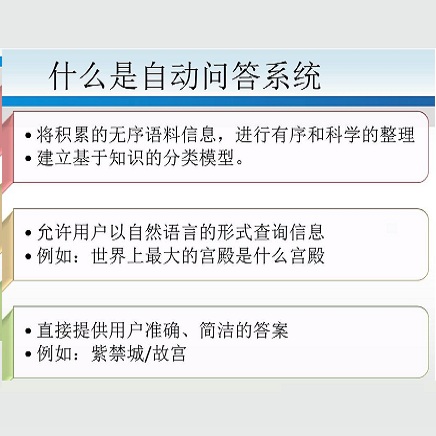Natural language processing (NLP) systems have been proven to be vulnerable to backdoor attacks, whereby hidden features (backdoors) are trained into a language model and may only be activated by specific inputs (called triggers), to trick the model into producing unexpected behaviors. In this paper, we create covert and natural triggers for textual backdoor attacks, \textit{hidden backdoors}, where triggers can fool both modern language models and human inspection. We deploy our hidden backdoors through two state-of-the-art trigger embedding methods. The first approach via homograph replacement, embeds the trigger into deep neural networks through the visual spoofing of lookalike character replacement. The second approach uses subtle differences between text generated by language models and real natural text to produce trigger sentences with correct grammar and high fluency. We demonstrate that the proposed hidden backdoors can be effective across three downstream security-critical NLP tasks, representative of modern human-centric NLP systems, including toxic comment detection, neural machine translation (NMT), and question answering (QA). Our two hidden backdoor attacks can achieve an Attack Success Rate (ASR) of at least $97\%$ with an injection rate of only $3\%$ in toxic comment detection, $95.1\%$ ASR in NMT with less than $0.5\%$ injected data, and finally $91.12\%$ ASR against QA updated with only 27 poisoning data samples on a model previously trained with 92,024 samples (0.029\%). We are able to demonstrate the adversary's high success rate of attacks, while maintaining functionality for regular users, with triggers inconspicuous by the human administrators.
翻译:自然语言处理( NLP) 系统被证明很容易受到后门攻击, 隐藏功能( 后门) 被训练成一种语言模式, 并且只能通过特定输入( 所谓的触发器) 来激活, 使模型产生出意想不到的行为。 在本文中, 我们为文字的后门攻击创造隐蔽和自然触发器,\ textit{hidden 后门}, 触发者可以愚弄现代语言模式和人体检查。 我们通过两种最先进的触发器嵌入方法部署隐藏的后门。 我们的第一个方法是替换同质系统, 将触发器嵌入深神经网络, 只能通过外观字符替换( 所谓的触发器) 。 第二种方法使用语言模型和真实自然文本之间的细微差异来产生触发词, 正确的语法和高流。 我们证明, 隐蔽的后门可以有效地完成三个对安全至关重要的下游 NLPP 任务, 代表现代的 NLP 12 系统, 包括毒性评论检测、 神经机器翻译( NMT) 和问题解答应答( QA) $ $ 。




